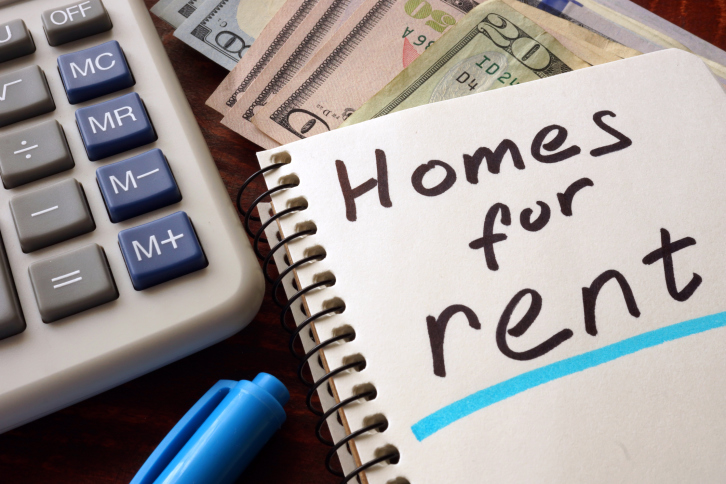The Most Commonly Forgotten Item On The Home Budget List
 If you are in the process of purchasing a home, it is critical for you to make sure that you budget appropriately. Unfortunately, there are a lot of people who commonly overlook closing expenses. Even though it is important for you to have enough money for your down payment, you need to make sure you cover closing costs as well. What is included in closing costs, and how much money do you need to budget?
If you are in the process of purchasing a home, it is critical for you to make sure that you budget appropriately. Unfortunately, there are a lot of people who commonly overlook closing expenses. Even though it is important for you to have enough money for your down payment, you need to make sure you cover closing costs as well. What is included in closing costs, and how much money do you need to budget?
The Recommended Amount
Even though it is tempting to focus on the cost of your house, it is also critical to think about closing expenses. Usually, closing expenses are approximately two percent of the value of your home. For example, if you are planning on purchasing a house for $250,000, your closing expenses will probably be about $5,000; however, there is also a chance that your closing costs could be more or less than that. You should work with a professional who can help you estimate your closing expenses.
Examples Of Items Included In Closing Costs
As you go through the process of buying your house, there are a lot of moving parts that have to come together to complete the transaction. There are several examples of items that could be included in your closing expenses. For example, you may have to pay an origination fee attached to your loan, and you will have to cover attorney’s fees for the closing attorney as well. You will need to purchase title insurance and conduct a title search, and you might also have to pay for the home inspection and home appraisal. If there is an HOA in the area in which you are buying your house, you may have to pay those when you close on your house as well. You should get a breakdown of these expenses ahead of time.
Ensure You Have Money For Closing Costs
You have worked hard to find the perfect house. You must make sure you have enough money to cover not only the down payment but also your closing expenses. If you have questions about how much money you will have to pay for closing costs, reach out to a professional who can help you.

 Many people view their furry friends as members of the family. If you have pets at home, you need to make sure they are well taken care of. That means taking a closer look at an important pet safety checklist. What are a few of the most important items you need to include on this checklist if you want to make sure your dogs and cats are safe?
Many people view their furry friends as members of the family. If you have pets at home, you need to make sure they are well taken care of. That means taking a closer look at an important pet safety checklist. What are a few of the most important items you need to include on this checklist if you want to make sure your dogs and cats are safe? If you’re at the stage in life where home ownership is nearly within your reach, you’re probably wondering whether you should start looking for a home or whether you should just keep renting. Renting is easier, people say, and it gives you more mobility. But over the long term, all that rent money can really add up – and it eventually reaches a point where buying a home is a better deal.
If you’re at the stage in life where home ownership is nearly within your reach, you’re probably wondering whether you should start looking for a home or whether you should just keep renting. Renting is easier, people say, and it gives you more mobility. But over the long term, all that rent money can really add up – and it eventually reaches a point where buying a home is a better deal.